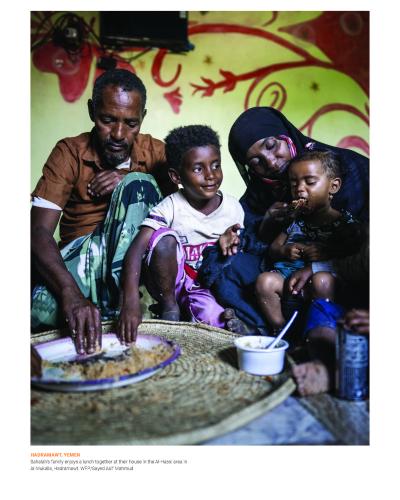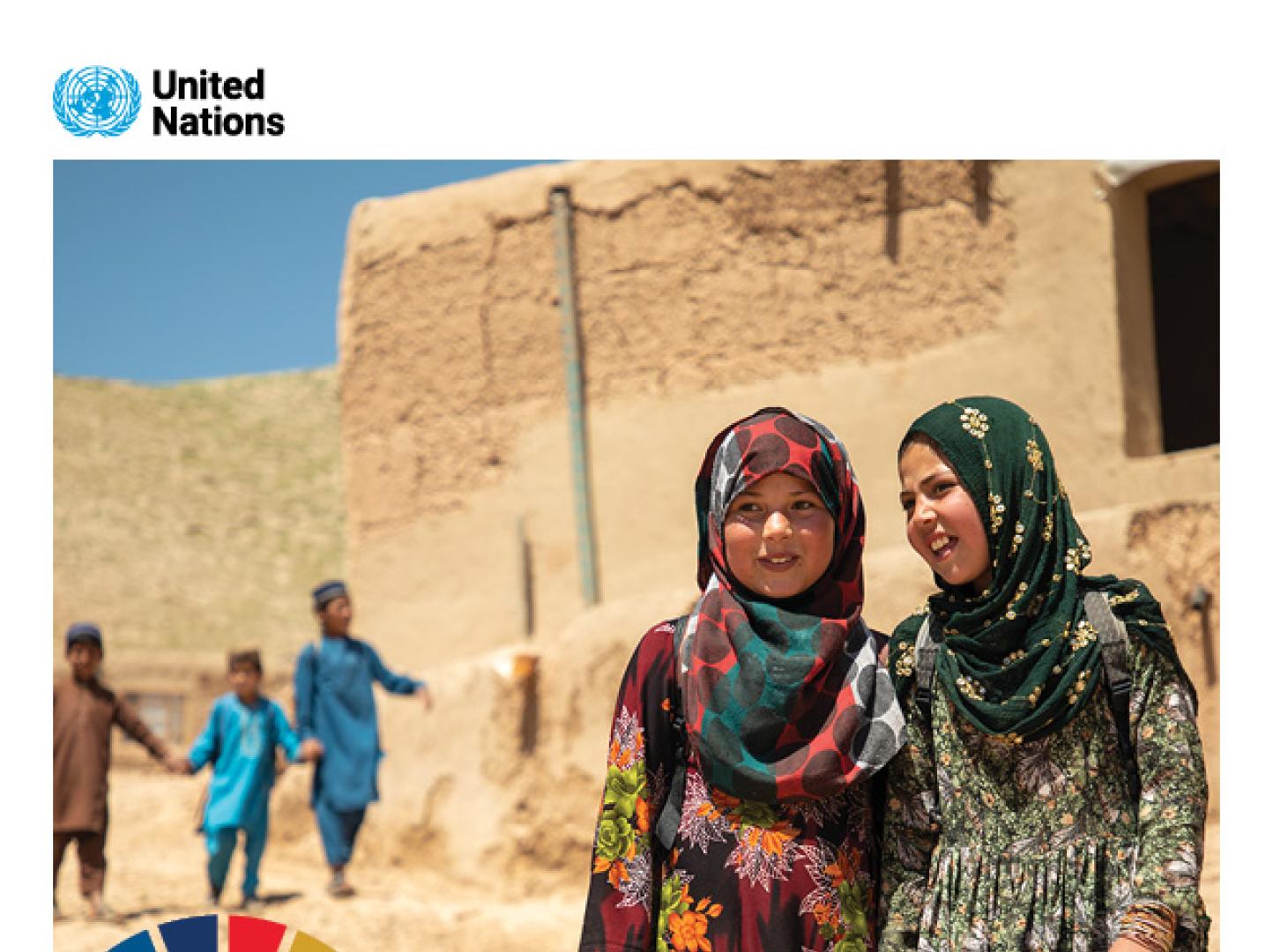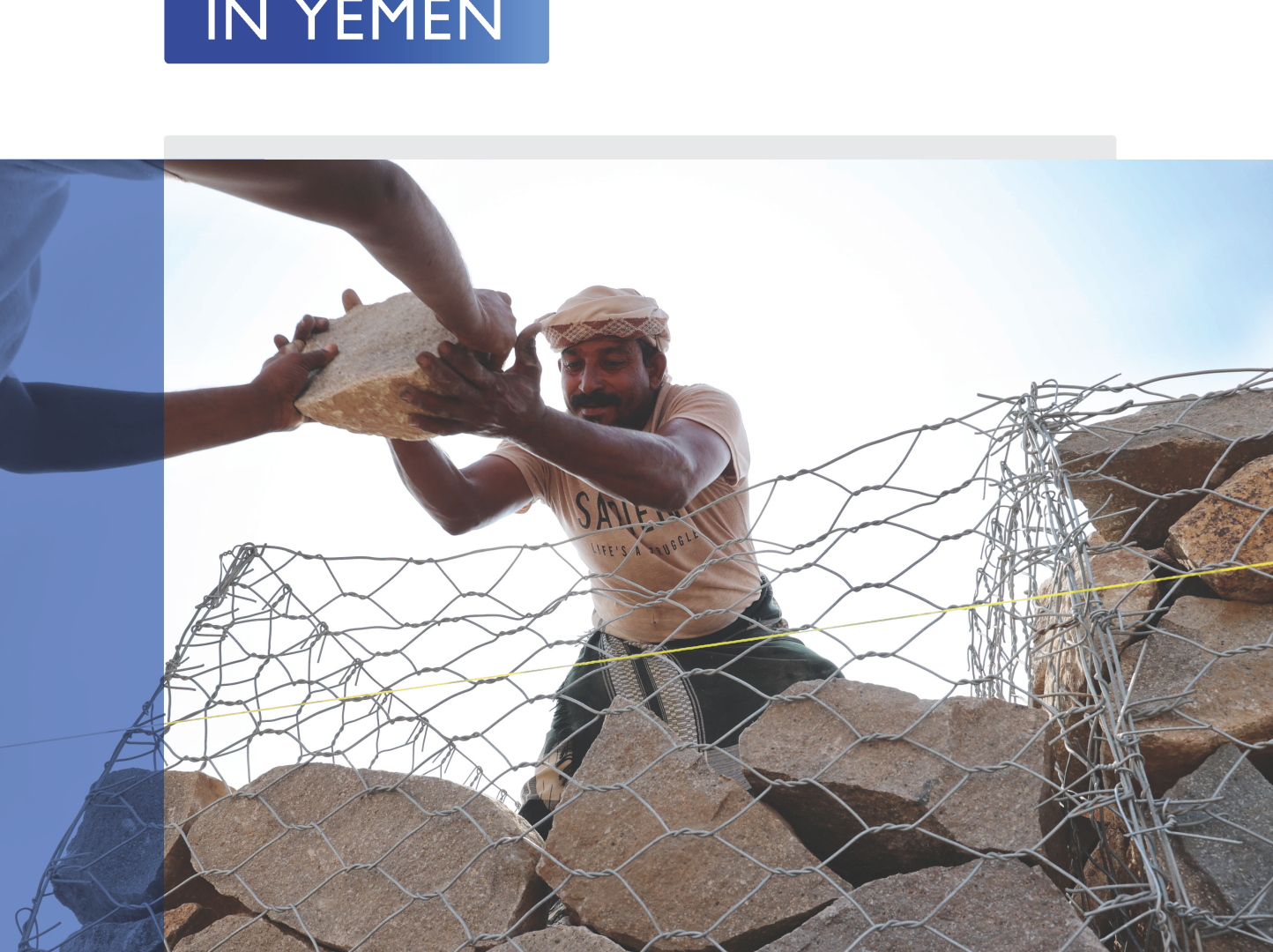Yemen: Humanitarian Response Plan (HRP) 2024 (January 2024)

Foreword
After nine years of conflict, the needs in Yemen remain immense. As we enter 2024, over half of the country's population require humanitarian assistance and protection services. While a de facto continuation of the UN-brokered truce, which formally elapsed on 2 October 2022, provided some relief to civilians, the overall situation in Yemen remains dire. A political agreement, leading to sustainable peace, is the only long-term solution to the humanitarian crisis in Yemen.
In 2024, 18.2 million people need humanitarian assistance and protection services. 17.6 million people are facing food and nutrition insecurity. Yemen faces an alarmingly high malnutrition rate, with nearly half of all children under five suffering from moderate to severe stunting. 4.5 million people remain displaced, many of whom have experienced multiple displacements over several years.
Despite challenges, aid organizations reached an average of over 8.6 million people monthly in 2023. Insufficient funding and access constraints have led us to adapting our response. In 2024, regional conflict dynamics have introduced additional risks. The slight improvements in the humanitarian situation could easily be reversed if these risks are manifested and humanitarian assistance is further curtailed.
To build on the existing opportunities and mitigate mounting risks, the 2024 Humanitarian Response Plan (HRP) reflects a strengthened, targeted, prioritized, more risk-informed and bottom-up approach to programming in Yemen – in line with the continued implementation of the recommendations by the Inter-Agency Humanitarian Evaluation (IAHE) of the Yemen Crisis. It is the result of extensive local-level and area-based consultations, including with affected people, and increased partnerships with authorities, humanitarian and development actors.
The HRP is more prioritized – targeting 11.2 million vulnerable individuals. It aims to enhance local prioritization and accountability. Integrated, multi-sectoral responses will address needs comprehensively and strengthen protection mechanisms against risks, including those posed by climate change. It further emphasizes collaboration with development partners to support livelihoods, basic services, and economic conditions for longterm solutions. Alignment with the UN Sustainable Development Cooperation Framework (UNSDCF) for Yemen 2022-2025 will foster integration and synergies between humanitarian and development efforts. To fulfill these plans and provide humanitarian assistance and protection services to 11.2 million people, humanitarians are seeking US$ 2.7 billion.
In 2024, Yemen has a unique potential to take a decisive step away from the humanitarian crisis that affected civilians have faced daily for over nine years. Doing so requires sustained immediate funding and while I am thankful to donors for their generosity over the years, I am appealing for their continued and urgent support. Funding must also go beyond humanitarian assistance. Fully funding the UNSDCF – estimated at US$ 1.3 billion – should be a priority. Together we can continue to support the resilient people of Yemen take decisive steps towards resolving what remains one of the world’s worst humanitarian crises.
Peter Hawkins UN Resident and Humanitarian Coordinator, ad interim, Yemen







